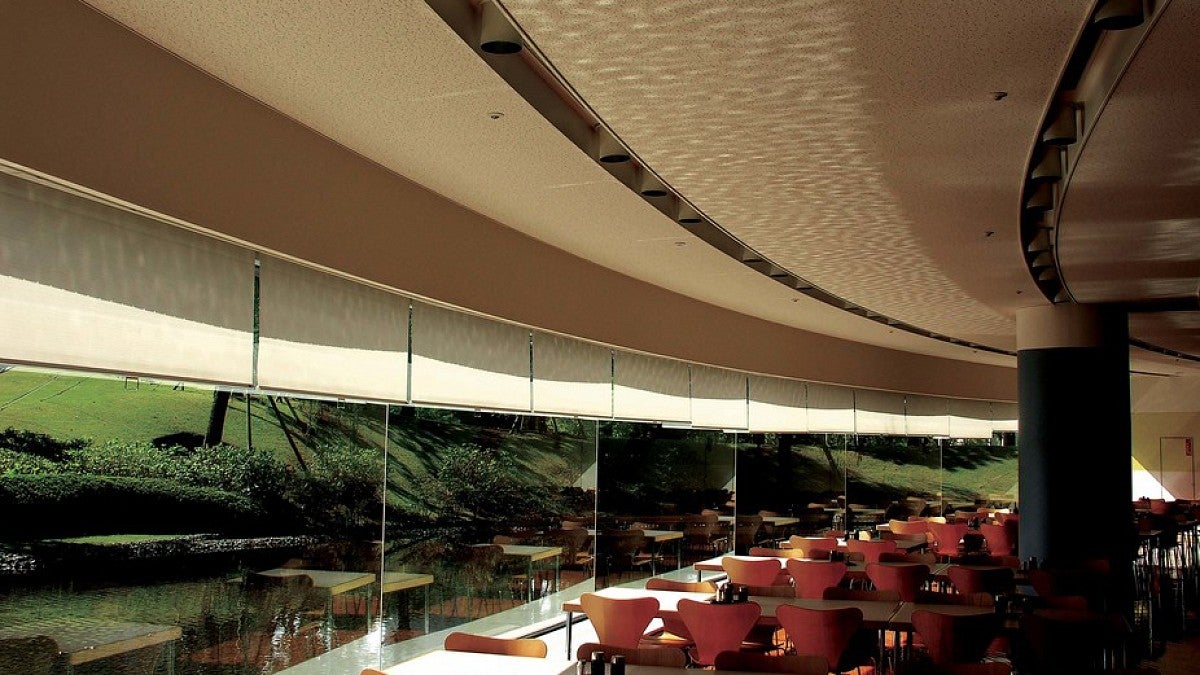For decades research has shown people have less stress and pay better attention when they are somewhere with sensory stimulation and a view of nature. But in many cities, there is no greenery to be found.
Luckily, a group of UO architects and psychologists, including architecture professor Kevin Nute, have been researching ways to provide people with the sensory information they need, regardless of location. For this they needed to use something that is available everywhere — the weather. Shadows of swaying branches, sunlight reflected off a window, everything can be used to bring in an element of change.
“When we brought these kinds of natural movements indoors, we found that they reduced heart rates and were less distracting than similar, artificially generated movement,” Nute said in a piece he authored for The Conversation. “Early results suggest that seeing live natural movement of this kind in an indoor space may be more beneficial than viewing outdoor nature through a window, and could not only help to keep us calm but also improve our attention.”
For more, see “The next step in sustainable design: Bringing the weather indoors.” The story was also picked up by City Lab, The Courier, Rapid City Journal and several other publications.
Nute teaches architectural design and courses on spatial ordering, building types and time in built space. Before coming to the UO, he spent time in England, where he won the Simeld and Royal Institute of British Architects President's design prizes. He then went on to work in London, Hong Kong and Singapore before returning to school for his doctorate.


